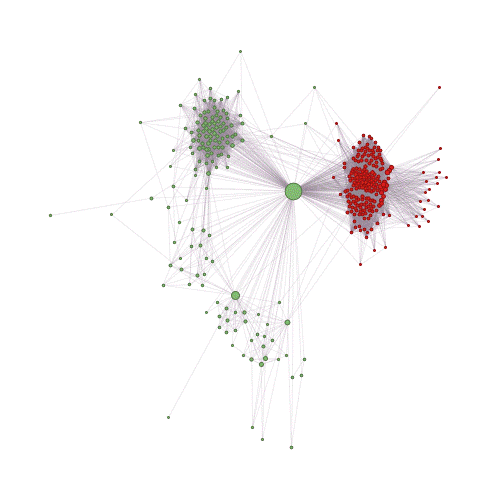
When Mariah Carey, ‘N Sync, and Chris Brown go on tour they need somebody to drive them around. What’s it like to have them in the bus? David Peisner interviewed the drivers of these and other artists to find out what their lives were like:
- The drivers note that things used to be wilder in the past. These days instead of alcohol and drugs, band members are more likely to consume health foods and drink teas with a humidifier buzzing in the background to keep their vocal chords moist. A blender is used for protein shakes instead of daiquiris.
- Tour bus drivers make around $200 a day.
- They work as independent contractors – this means they get no health benefits or pensions.
- In the past they would get perks such as free t-shirts and tickets to concerts. However these have disappeared as the music industry has struggled.
- Drivers need to know how to repair every part of a bus, which in modern buses especially, requires specialized knowledge about electrical and cooling systems.
- They must also be the maids who cleanup the bus and prepare it for the next leg of the tour.
- Bands generally like to travel at night so that they can sleep. This means that bus drivers need to have the discipline to avoid the temptation of the numerous parties, and maintain a strict sleeping schedule so that they’re alert behind the wheel.
The full article is much more comprehensive and covers many more facets of the job. It also includes descriptions about what it’s like to drive around various aritsts (Mariah Carey is sweet, Motley Crue is rough, Creed is impossible, John Legend likes to read, Chris Brown likes to party, Matisyahu is kind, and They Might Be Giants have intellectual conversations). There’s much more of all of this over here.
Source: Spin
Via: Newmark’s Door


















Join the Discussion! (No Signup Required)